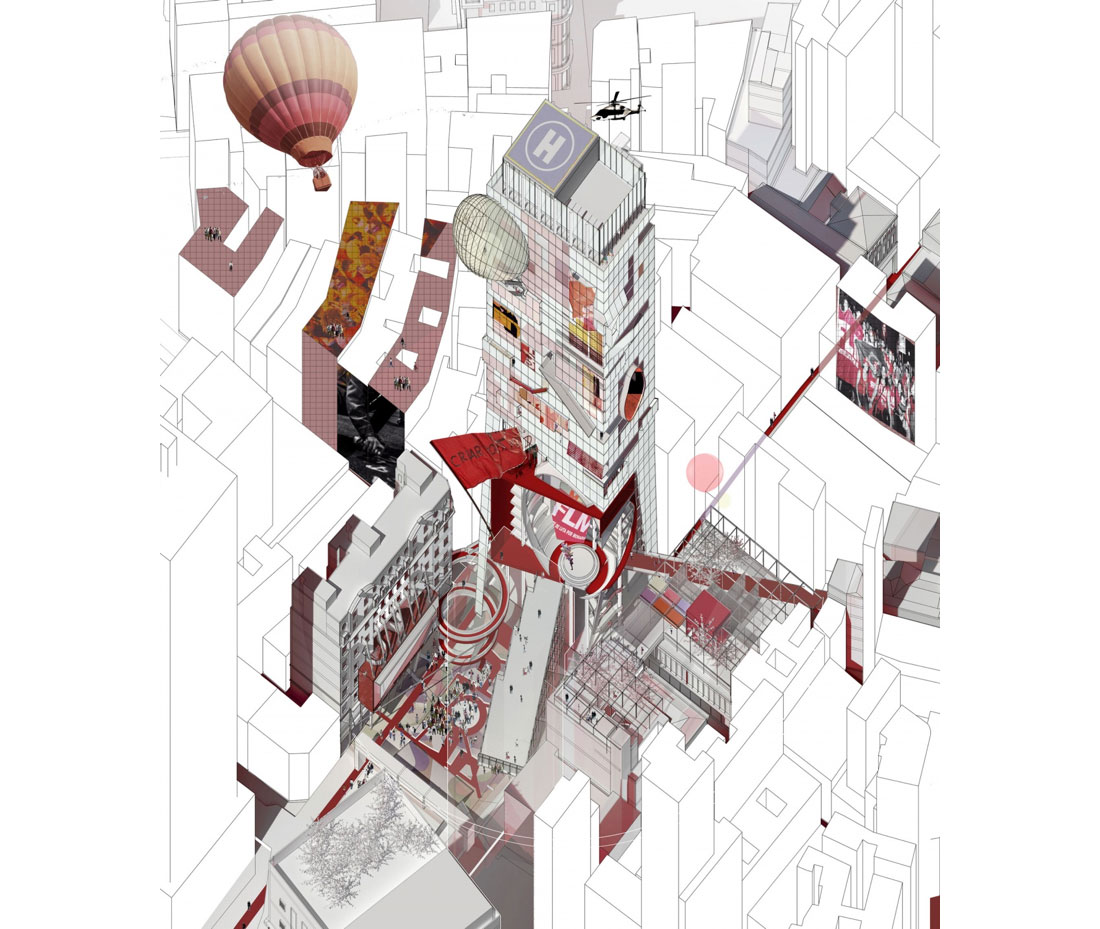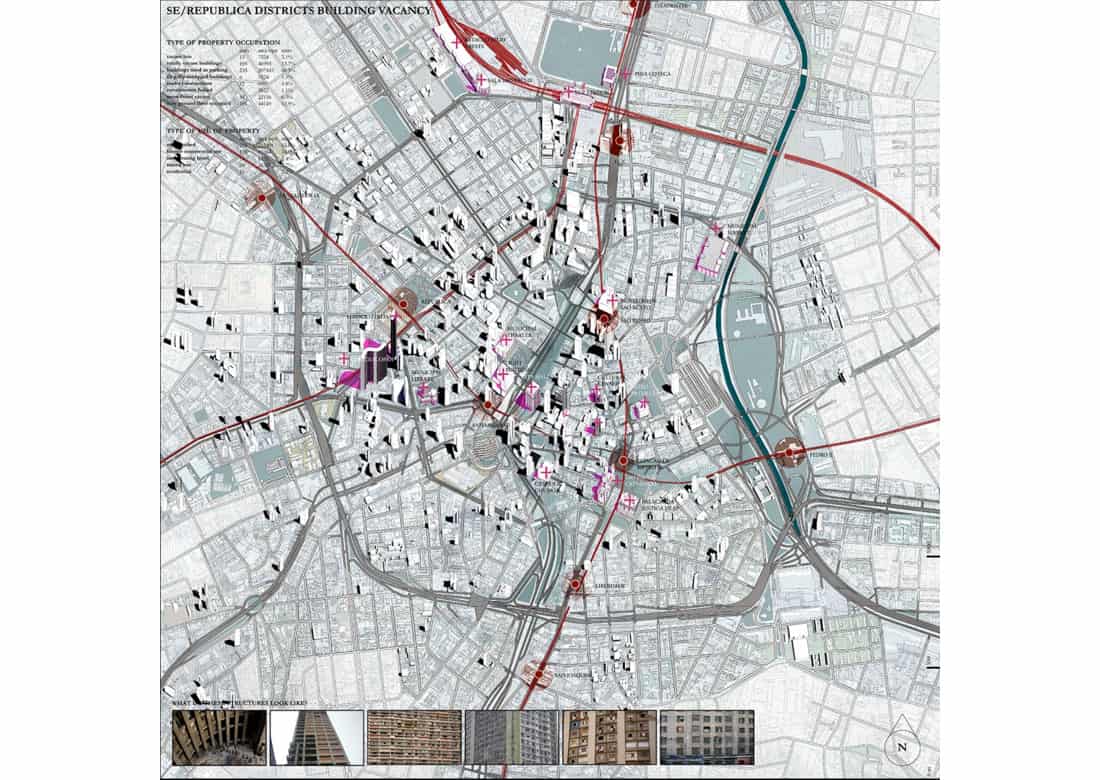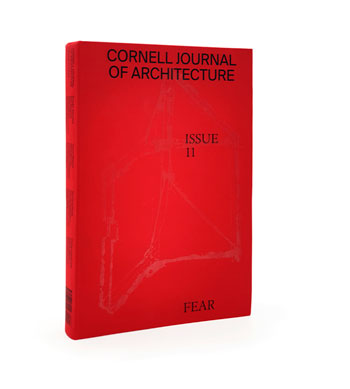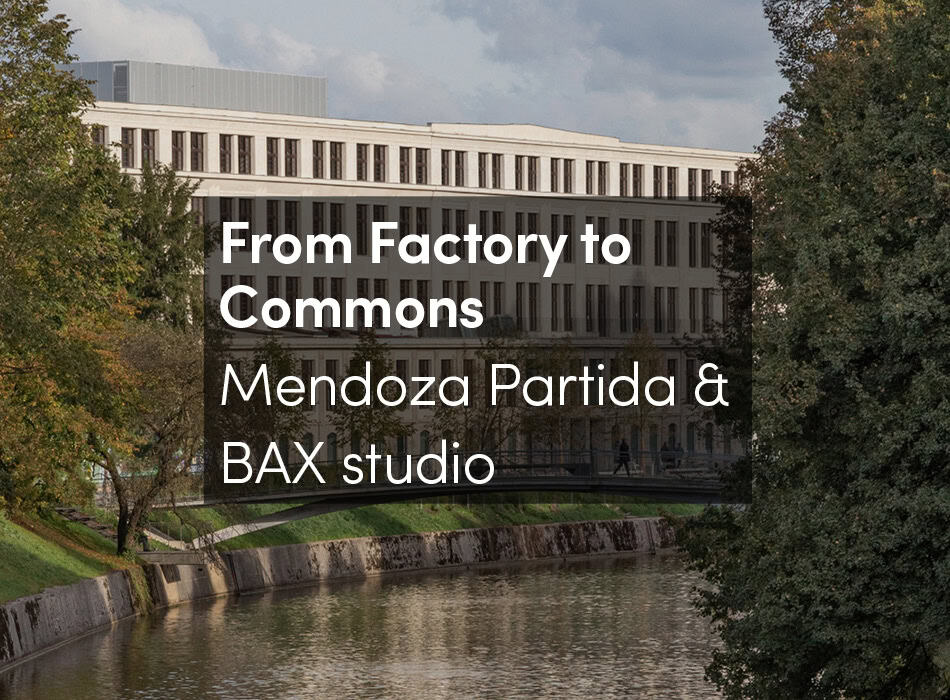1. Introduction
Brazilian Modern Architectural Heritage and Cultural Attitudes
The robustness and immense international influence of Brazilian architecture designed and built between the 1920s and 1970s distinguishes Brazilian modernism from its European ancestor. Described as “both Brazilian and universal” by Lauro Cavalcanti in his book When Brazil Was Modern, Brazilian modernist architectural heritage is a summation of the country’s economic might and prosperity at the time and the prolific contribution of a “brilliant generation of architects and intellectuals with ties to the cultural apparatus of the state, [which] transformed the style into a new language.” [1] The modernists exerted their voice and dominance by undertaking control of the Portuguese architectural legacy of the past and by directing design of public housing and planning of the burgeoning urban centers in Brazil, providing functional solutions to social problems in addition to inventing revolutionary architectural languages and forms. The heroic inheritance of this period produced a unique cultural attitude towards architecture and the concept of newness—there can be no such thing as “new Brazilian architecture” because all Brazilian architecture since 1936 is “new.” [2] Categorizing works after this period inevitably places the triumphant eras of the 1940s and ’50s into the chasm of obsolescence and “oldness” since oldness is not distinguished from derelict or obsolete. This attitude is a double-edged sword: while buildings designed by famed masters rest in everlasting newness and celebration, works born out of more humble and anonymous roots tumble into deterioration by default.
Starting a Protest visionary scenario after 10 years of development (Helena Rong, 2017)
Urban Development of São Paulo
In the case of São Paulo, the city is a local metropolis in a global world characterized by continuous fluctuations and constant reconstruction through “a painful process of historical negation,” a territorial and polynucleated palimpsest where the new overrides the already existing in a tireless manner. [3] Such cycles of renewal and rebuilding propitiated the expansion of the city from a small, modest Jesuit mission to the second largest metropolis in the world with a population of around twenty million. [4] Yet the absence of traces of the past sets up a scenario of premature aging described by French anthropologist Claude Lévi-Strauss as “[passing] from freshness to decay without simply being old.” [5] The urban development of São Paulo is thus entangled in an unresolved paradox: while the metropolis continues to sprawl uncontrollably onto non-structured peripheral lands through informal settlements, the built historical center undergoes severe degradation and is left with an overabundance of infrastructure and underutilized buildings awaiting reimagination. This process of simultaneous growth and contraction engenders vicious cycles of migration of people to favelas and relocation of businesses and commerce from downtown areas to new districts far removed from the city center. Within the urban context, the relentless process of verticalization requires a reexamination of its morphological and social effects, including shortage of low-income housing yet high vacancy in existing buildings, social segregation, excessive privatization of open public space and severe environmental damage. [6]
Among the biggest contradictions of the city, the Greater Metropolitan area of São Paulo generates more than 25 percent of the country’s gross national product, yet few efforts have been put into regenerating deteriorated downtown urban spaces. [7] São Paulo is by no means a city for pedestrians; the clogging of traffic, heavy weaving of highways and freeways through its center, as well as dearth of public transport and impossible distances between points of interest render poor mobility to be one of the most crucial civic concerns. Characterized by vacant lots, urban dysfunctions, and concerns of safety, the deteriorating downtown of São Paulo is troubled by low-quality public spaces and an overall lack of urban consciousness.





















